Mould is a common problem in many households in Westmead, especially in damp and humid areas. While there are numerous commercial products designed to tackle mould, many people are turning to natural solutions for cleaning and prevention. One of the most effective and eco-friendly options is vinegar. We’ll explore how vinegar can be used to clean mould, why it’s beneficial, and tips for effective mould removal.
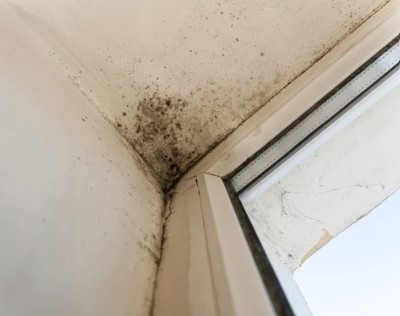
What Makes Vinegar Effective Against Mould?
Vinegar is a mild acid, typically acetic acid, which has been shown to be effective in killing many types of mold and bacteria. Here are a few reasons why vinegar is a popular choice for mould cleaning:
- Non-Toxic: Unlike many commercial mould cleaners that contain harsh chemicals, vinegar is non-toxic and safe to use around children and pets.
- Antimicrobial Properties: Vinegar has natural antimicrobial properties, making it effective against a variety of mould species.
- Cost-Effective: Vinegar is inexpensive and readily available, making it an accessible option for most households.
- Environmentally Friendly: Using vinegar helps reduce your reliance on chemical cleaners, making it a more sustainable choice for your home.
How to Use Vinegar for Mould Cleaning
Using vinegar to clean mould is simple and can be done in a few easy steps:
1. Gather Your Supplies:
- White vinegar (5% acidity)
- Spray bottle
- Scrub brush or sponge
- Protective gear (gloves, mask, and goggles for safety)
- Cloth or towel for drying
2. Prepare the Area:
- Ensure the area is well-ventilated by opening windows or using a fan.
- Wear protective gear to avoid inhaling mould spores and to protect your skin.
3. Apply Vinegar:
- Pour white vinegar into a spray bottle (undiluted) and spray it directly onto the mouldy surface.
- Allow the vinegar to sit for at least one hour. This gives it time to penetrate the mould and kill the spores.
4. Scrub the Affected Area:
- After an hour, use a scrub brush or sponge to scrub the mouldy surface. For tough spots, you may need to apply more vinegar and let it sit longer.
5. Rinse and Dry:
- Once the mould is removed, wipe the area with a clean cloth or towel to remove any remaining vinegar and mould residue.
- Make sure the area is thoroughly dried to prevent mould from returning.
Tips for Effective Mould Removal with Vinegar
- Test First: Before applying vinegar to a large area, test it on a small, inconspicuous spot to ensure it doesn’t damage the surface.
- Combine with Baking Soda: For stubborn mould, you can create a paste using vinegar and baking soda. Apply the paste to the mouldy area, let it sit, then scrub and rinse.
- Regular Maintenance: To prevent mould from returning, regularly clean areas prone to moisture, such as bathrooms and kitchens, with vinegar.
- Use in Laundry: Adding a cup of vinegar to your laundry can help remove mould and mildew from clothes and linens.
When to Seek Professional Help
While vinegar can be effective for small areas of mould, extensive mould growth may require professional intervention. If you encounter mould on large surfaces, or if you have health concerns related to mould exposure, it’s best to consult with a mould remediation expert.
Mould is a common issue that can lead to serious health problems and property damage. Understanding its effects and taking proactive steps to prevent it is essential for a healthy living space.
To prevent mould, make sure your home gets fresh air, stays dry, and has good ventilation. Keeping moisture under control is the key to stopping mould before it becomes a big problem.
Don’t worry!! If you see mould at your homes, don’t wait—call a trusted mould removal expert to get it sorted for good. Call us Now!!
What we Clean?
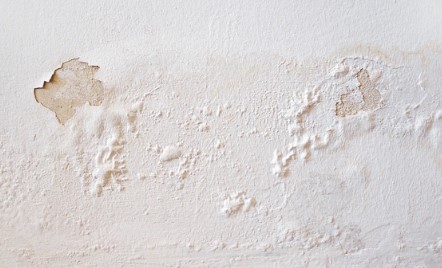
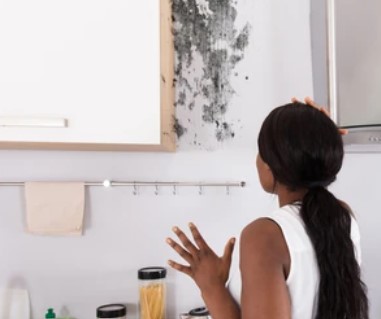

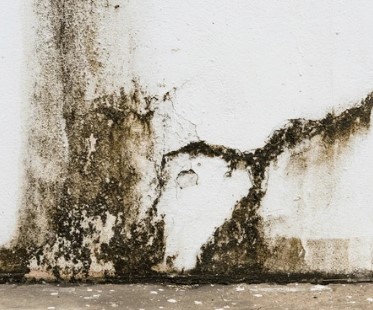
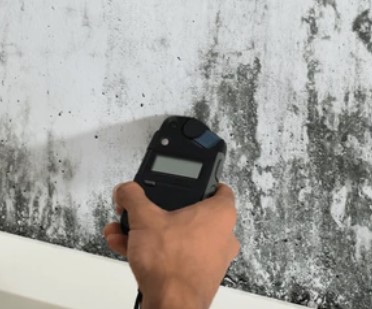


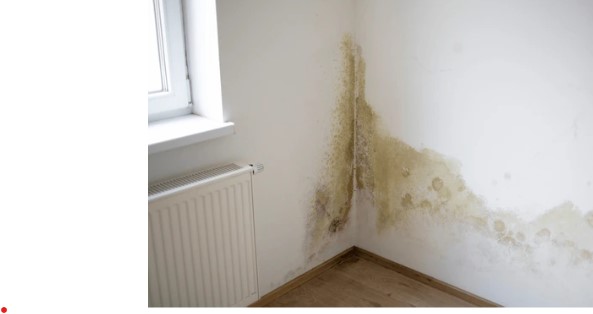
Why does mould grow?
If you plan to clean mould, be careful to prevent spores from spreading throughout your home. Mould usually sticks to walls, but it consists of tiny spores that can easily become airborne and settle in different areas if not handled properly. These spores are invisible to the naked eye, making them difficult to detect. Once they land on a suitable surface, they can grow into new mould colonies. Our cleaning business offers a range of mould removal services in your area to help keep your home safe and mould-free.
What should you do if you see mould in your home?
If you can already see mould in your home, your main focus should be getting rid of it rather than testing it. While some types of mould may be more harmful than others, the Centers for Disease Control and Prevention advises removing all mould immediately, regardless of the type. Whether it’s black, brown, green, or white, mould needs to go. Testing might be useful if you want to be sure there’s no toxic black mould present, but the priority should always be removal.

June Mark
Mom
What should you do if mould is affecting your health?
Removing mould is just the first step. Mould in your home can make you sick by releasing spores that irritate your airways, causing nasal congestion, coughing, wheezing, throat irritation, and chest tightness. If you experience these symptoms, clean the mould and see a doctor as soon as possible.
To check for mould, you can buy a mould test kit from a hardware or home improvement store. Look for signs like dark spots, discoloration, or damp areas. Some kits use tape or cotton swabs to collect samples, while others test the air from your HVAC system. The samples are sent to a lab to identify the mould type, but these tests aren’t always accurate and don’t measure mould levels.
Once you find mould, wear gloves, safety goggles (without ventilation holes), a face mask, and long-sleeved clothing before cleaning. Also, turn off fans and air conditioning to prevent spreading spores.
Comments are closed